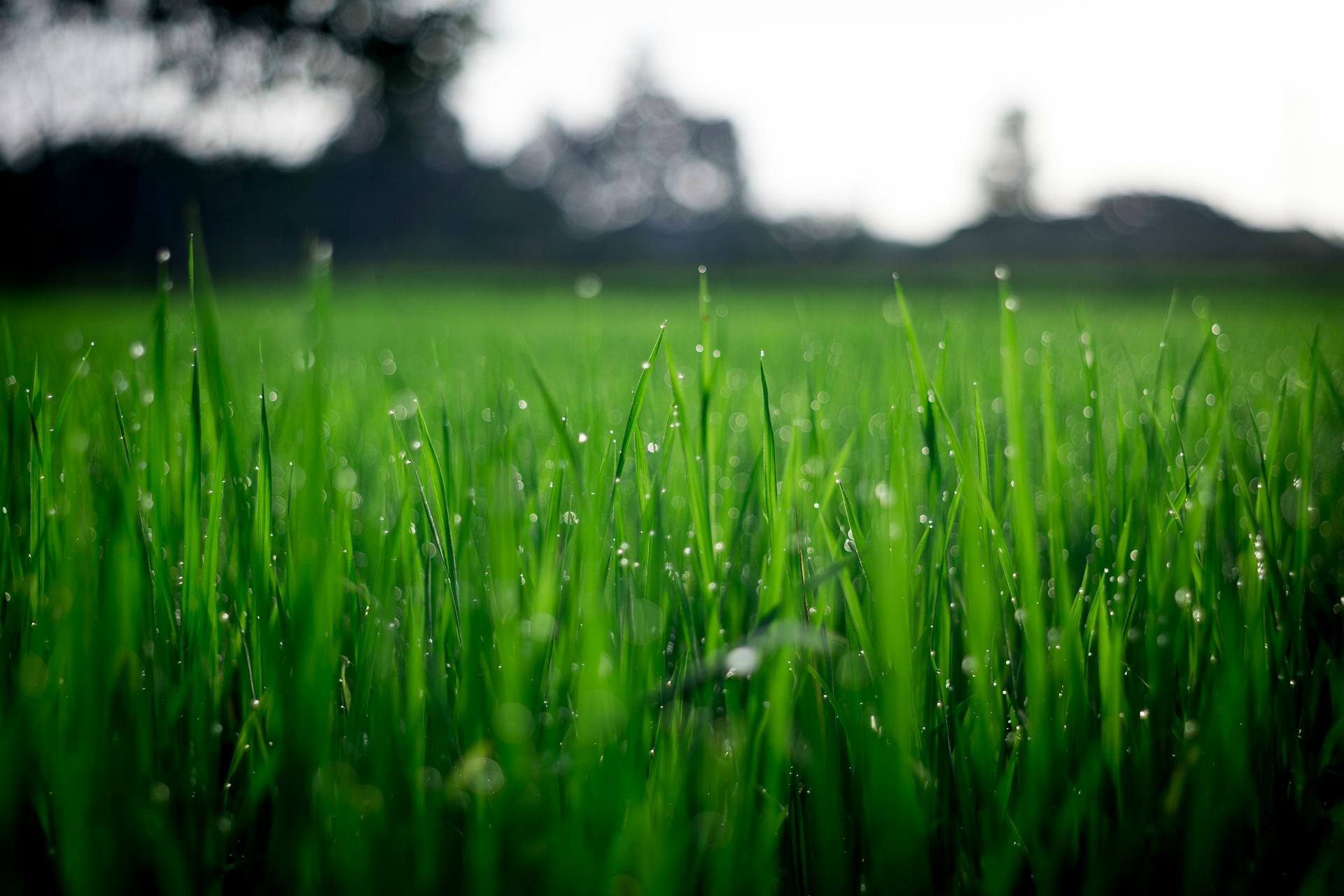If you’re aiming for a lush, green lawn, the secret lies beneath the surface—in your lawn’s soil. Healthy soil is essential for vibrant grass growth, providing the foundation for nutrients, water retention, and root development.
Below are expert tips for lawn soil improvement to enhance grass health and achieve that picture-perfect lawn.
Start with a soil test to understand your lawn’s pH levels, nutrient deficiencies, and overall condition. Testing allows you to tailor your improvement efforts, ensuring your grass gets exactly what it needs. Ideal soil for grass growth usually has a pH between 6.0 and 7.0.
Pro Tip: Soil testing kits are widely available, or consult a local extension service for professional testing.
Compacted soil restricts air, water, and nutrients from reaching the grass roots. Aerating your lawn breaks up compaction, improving soil structure and promoting healthy root systems. Click here to know more about lawn aeration.

Enriching your soil with organic matter improves its texture, fertility, and water retention. Compost, well-rotted manure, or leaf mold are excellent additions.
Organic matter is a natural way to boost grass health and soil vitality.
If your soil is heavy clay or sandy, topdressing can balance its composition. For clay soils, sand improves drainage, while loam adds structure to sandy soil.
Poor drainage can lead to waterlogged soil, which suffocates grass roots and encourages fungal diseases. To enhance drainage:
Applying the right fertilizer ensures your grass gets essential nutrients like nitrogen, phosphorus, and potassium. Choose a fertilizer based on your soil test results for optimal lawn soil improvement.
Thatch is a layer of dead grass and roots that can accumulate on the soil’s surface, blocking water and nutrients. Dethatching your lawn ensures better soil access.
Healthy soil is alive with beneficial microorganisms that break down organic material and release nutrients. Encourage microbial activity by adding compost or bio-stimulants designed for lawns.

Overwatering or underwatering can harm grass and degrade soil quality. Water deeply but less frequently to promote deep root growth.
Your lawn’s success depends on planting grass suited to your soil and climate. Warm-season grasses like Bermuda and Zoysia thrive in sunny areas, while cool-season grasses like Kentucky Bluegrass perform well in moderate climates.
Soil microbes play a critical role in maintaining the health and vitality of your lawn. These microscopic organisms, including bacteria, fungi, and nematodes, help break down organic matter and convert it into nutrients that grass roots can absorb. Encouraging a diverse and active microbial population can greatly enhance lawn soil improvement efforts and overall grass health.

By fostering a thriving soil microbiome, you can ensure your lawn stays healthy and resilient, laying the groundwork for robust grass growth.
Improving your lawn soil is the cornerstone of achieving vibrant, healthy grass. From aerating and adding organic matter to testing your soil and fertilizing wisely, each step contributes to a thriving lawn. With these tips for lawn soil improvement and a focus on grass health, you can transform your yard into a lush, green oasis.
Start your soil improvement journey today for the lawn you’ve always dreamed of with the help of Garden Nursery Products!
Added to cart
Check out our shop to see what's available